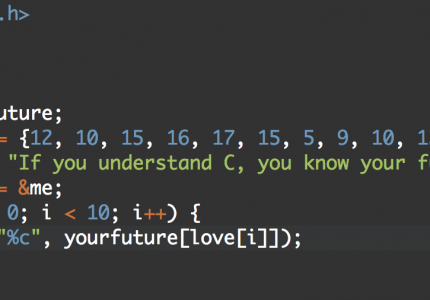the question came up at work today, so after some research here is the answer: usb 2.0, whether 16 bit PCMCIA or 32 bit PCMCIA (CardBus).
most of the table (except for CardBus entry) from http://www.quatech.com/support/bus_comp.php.
| Type of Bus | Bus Clock Signal |
Bus Width
|
Theoretical Maximum Transfer Rate | Advantages | Disadvantages |
| ISA | 8 MHz |
16-bit
|
8 Mbytes/sec (64 Mbits/sec) | low cost, compatibility, widely used | low speed, Jumpers & DIP switches. becoming obsolete |
| Microchannel | 10 MHz |
32-bit
|
40 Mbytes/sec (240 Mbits/sec) | higher speed than ISA | obsolete |
| PCI | 133 MHz |
64-bit
|
1 Gbytes/sec (8 Gbits/sec) | very high speed, Plug & Play, dominant board-level bus | incompatible with older systems, can cost more |
| CompactPCI | 33 MHz |
64-bit
|
132 Mbytes/sec (1 Gbit/sec) | designed for industrial use, hot swapping/Plug & Play, ideal for embedded systems | lower speed than PCI, need adapter for PC use, incompatible with older systems |
| PCMCIA | 10 MHz |
16-bit
|
20 Mbytes/sec (160 Mbits/sec) | Ideal for portable systems, hot swappable, Plug & Play | lower speed , needs special drive for use in desktop PCs |
| PCMCIA (CardBus) | 33 MHz |
32-bit
|
? Mbytes/sec (132 Mbits/sec) | Ideal for portable systems, hot swappable, Plug & Play | lower speed , needs special drive for use in desktop PCs |
| USB 1.1 |
n/a |
n/a
|
1.5 Mbytes/sec (12 Mbits/sec) | low cost, ideal for portable systems, hot swapping/plug & play, up to 127 devices via 1 port | slower than PCI and other plug-in busses (such as Firewire), not compatible with older peripherals |
| USB 2.0 | n/a |
n/a
|
60 Mbytes/sec (480 Mbits/sec) | All the advantages of USB plus significantly higher speeds making it compatible with high-speed peripherals such as data drives and video cameras. | Not compatible with older peripherals, still slower than PCI |
| Ethernet 10 Base T | n/a | n/a | 1.25 Mbyte/sec (10 Mbits/sec) | Enables multiple PCs to remotely share information and peripheral devices, provides error checking lacking in standard serial communication | Most peripheral devices cannot be connected directly to ethernet, adapter is required. Slow data communication by current standards Possible security issues. |
| Ethernet 100 Base T (Fast Ethernet) | n/a | n/a | 12.5 MBytes/sec (100 Mbits/sec) | All advantages of 10BaseT, with significant speed improvement. Backward compatible with 10Base T installations. | Most peripheral devices cannot be connected directly to ethernet, adapter is required. Possible security issues. |



